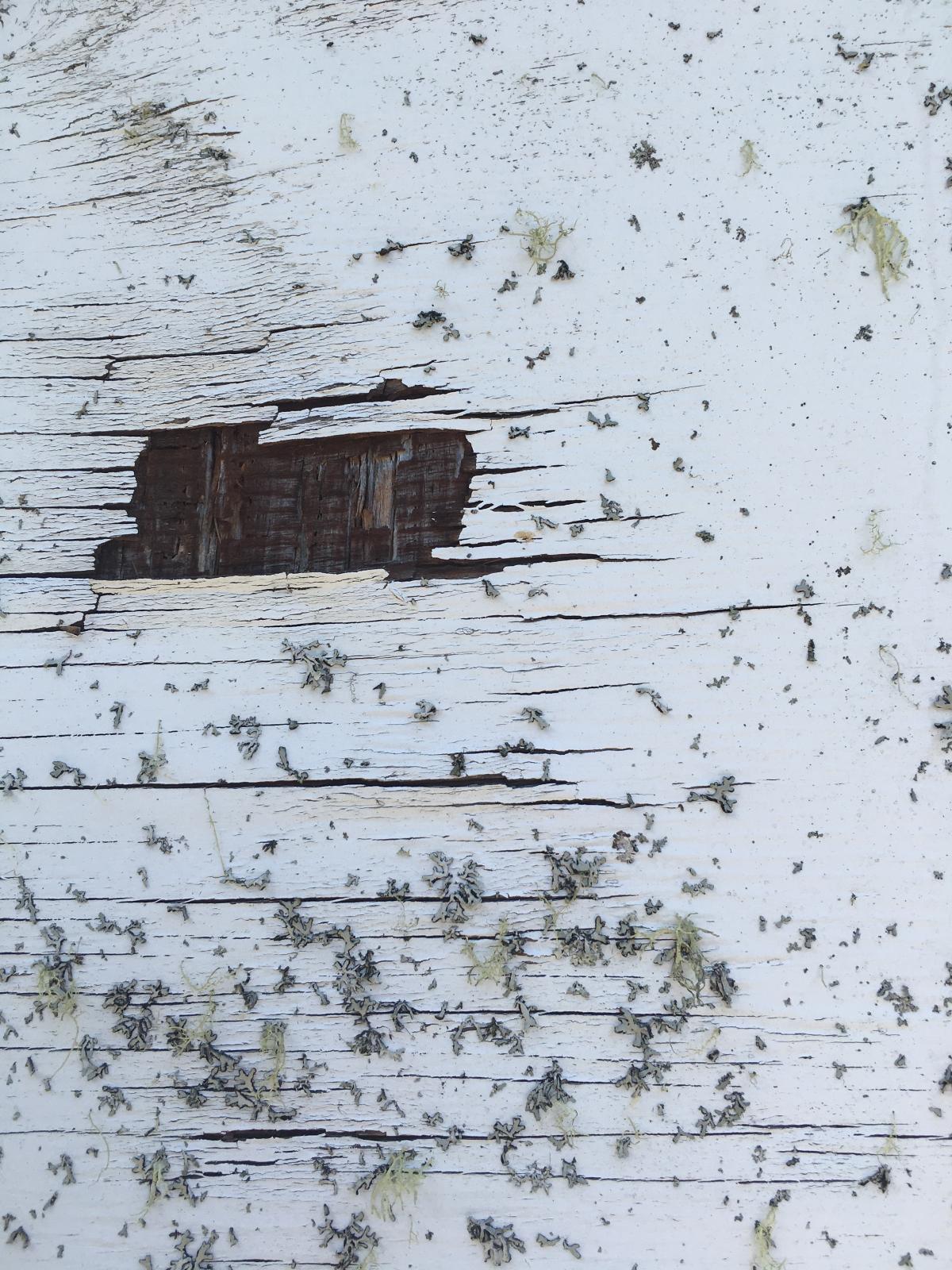Ffabschrift
Lucy Hitchcock
I have been writing on and off about Ffabschrift, and about what we uncovered in our course. I hope to use the Maine DI week to gather thoughts, re-write, and converse about this way of working. Most of all, I want to see if ffabschrifting can be called upon now in this social and political (dis)order: what is the role of such textual speculation, abstract beauty; exploring the ineffable; can ffabschrifting support resistance, voice, change, identity? Here is something I wrote a while back as all this ffabschrifting business started:
If I lived in a small cottage off the grid — at the foot of an old New England mountain range — or in a mud house on the edge of a prairie in the days before electricity was successfully wired across the plains, I might have been a weaver of pictures, writing with warp and weft, thick wool and thin, or maybe an embroiderer of letters or a cross-stitch poet or a ffabschrifter who works with sticks and mud and feathers by the light of an inadequate candle. But now, here, in the safe embrace of a sturdy new old house, in the glow of a small infinite screen, hands resting on a grid of flimsy plastic squares designed for obsolescence, the timeless glowing letterforms ffabschrifted originally by Etruscan mud carvers and roman emperors, zealous scribes and lead-licking punch cutters who made and smelted and made again — And “enlightened” 17th-century scientists of letterforms who worked for a king, and thought they found the final form. And let’s not forget the ffabschrifting grifter Gutenberg himself who sold his soul for a chance to print bibles in duplicate — 42 lines of letters, page after page of fairy tales, that for once were identical to the next, and that people would kill for.
My machine is smaller than a 15th-century bible but contains more words than have ever been written and is quiet and smart and cold and wasteful and warms my lap but limits my hands and allows the letters to sing in a different way. I can ffabschrift the edges of meaning by forcing a Snell Roundhand capital N to become a hairline outline and make another and another and another and I weave them here on my LED loom and measure and move and repeat and rotate. I pattern and flip them, rotate and Rorschach. I reflect on the mind of my wild genius daughter whose own crazy spark led to a test that proved her perception was profound and beyond the ordinary. That she, and we — see and find the connections in the forms that make the sounds that hook to signs that shape potential for so much meaning. And of course there sits Google’s blank slot of a search bar, a 21st century Delphic oracle who blinks and beckons in cahoots with the soft responsive letter-keys, innocent til pressed. And together they serve as gateway to all the answers which sit right there next to or maybe just past the place where the key, that plastic square nothing, sits above a small silver spring that makes the letter that makes the work that makes the meaning that turns the type that shapes the form that picks the ones and zeroes that decides which pixels stay and which ones go and which ones need a half-point outline of color and which ones blend and move and how two italic Fs filled with a creamy ivory hue and then repeated and flipped and repeated and repeated til they sit with their identical twins in a textile pattern of F-shaped ribs going ffffffffffffff — And that moment of ffabschrift when the f shape and the f sound and the fucks and frolics and follies and findings, all hang together and shake hands in their effff ness, — while your eyes stare at one small warm screen on your lap and avoid the bigger one across the room where some fabulous horror like Breaking Bad or Walking Dead unfolds in vivid pixelized RGB too hard and too noisy and too much like a car crash you want to watch but can’t, and so your eyes move back to the lap — to the domestic work of letters — of light wrapping and turning and shaping; the forms that could be, that are, that become — that nod to the language and ffabschrift from meaning to form and back again to language in an endless reflexive loop of writing as making and making as writing and writing is making and making is writing.
